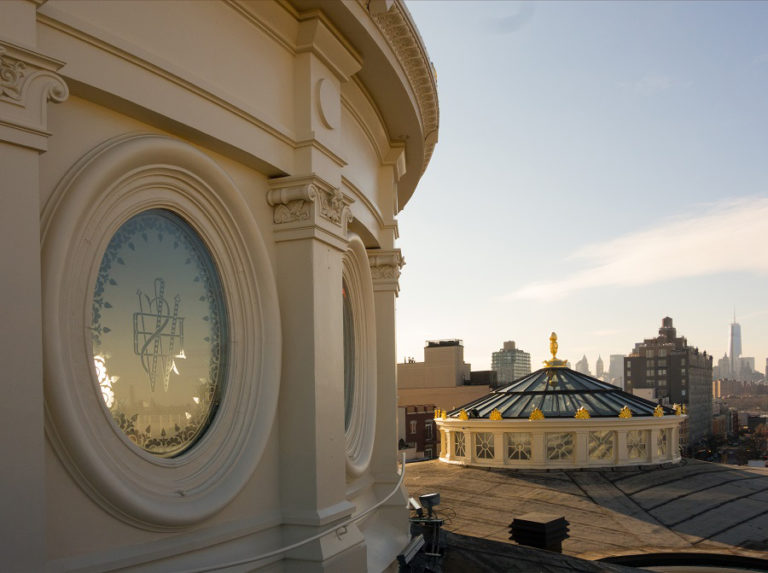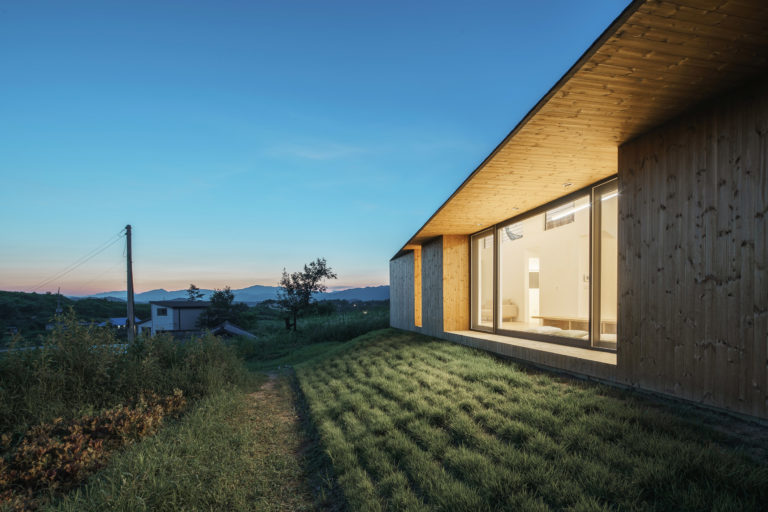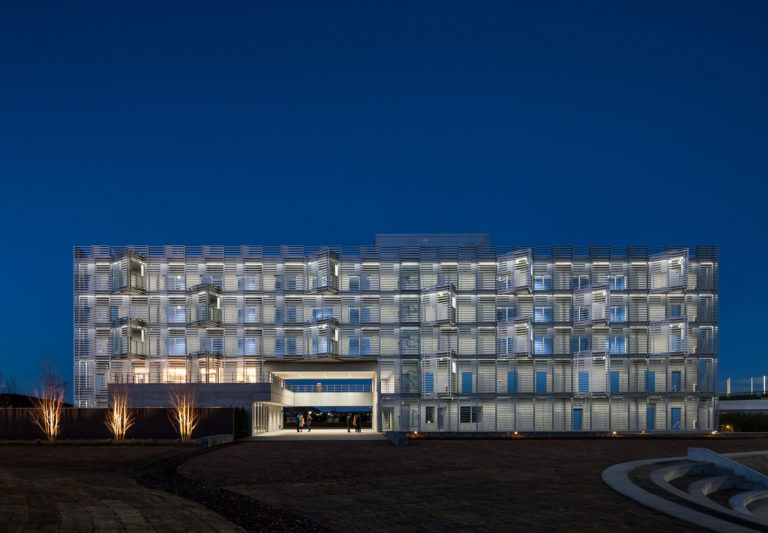The installation, Isla Rhizolith | Rhizolith Island, is a prototype of a floating concrete breakwater located in Cartagena, Colombia. The installation and exhibition was part of the RC 2016 (Reunion del Concreto), an international expo and academic conference on concrete held in October 2016 in Cartagena. The project is a collaboration between APTUM Architecture and CEMEX Research Group (CRG); a team consisting of material scientists, engineers, and designers that speculate and generate a new working model for architectural design research. The island is a concept and prototyping project that investigates the potential for high-performance, floating concrete structures to revitalize Colombian shorelines along vulnerable urban sites with ongoing flooding and mangrove depletion. ‘Rhizolith’ derives from fossilized roots that are formed through chemical weathering and cementation. Rhizolith Island is conceptually aimed to begin as an artificial Rhizolith that slowly returns to the natural form of a Rhizolith over time. The design of the prototype, an ‘artificial root system,’ is comprised of root-like concrete modules that work as ‘seeds’ for the revitalization and protection of newly planted mangroves. The project uses new composites of concrete mixes, from ultra high-performance concrete (UHPC) to ultra lightweight, to strengthen the island’s ecological performance as a soft, coastal infrastructure.
Project facts
Location Isla Grande, Cartagena, Colombia
Architect APTUM ARCHITECTURE
Year 2016
Project Team CEMEX Research Group
Category Installation & Exhibition
AIANY Recognition
2017 AIANY Design Awards
















